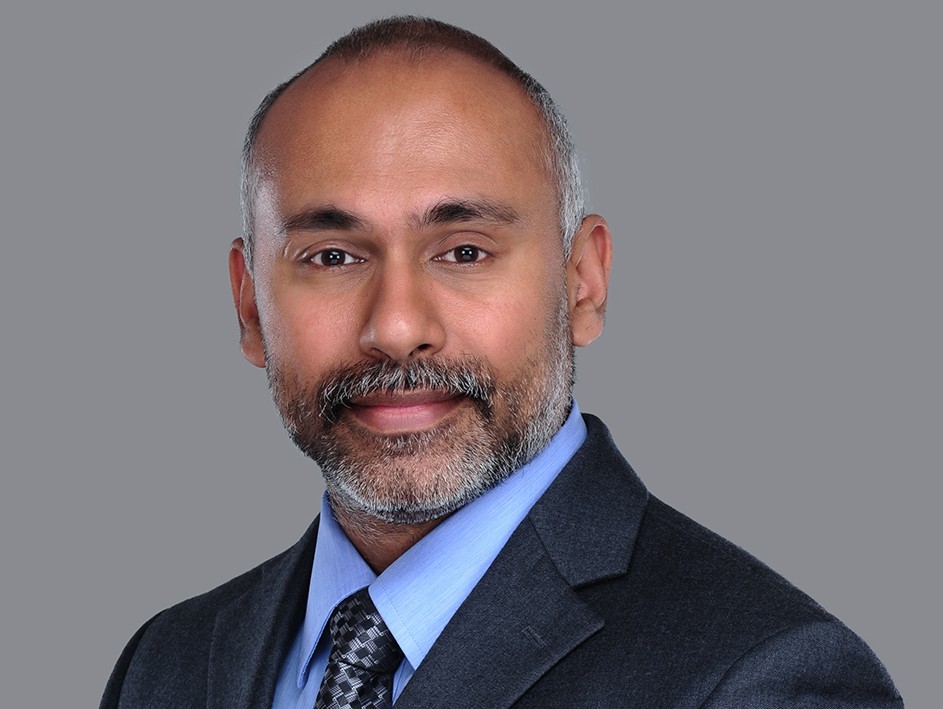The topic of effective leadership has been thought about and dissected from various perspectives. I have also spent quite a bit of time reflecting and learning from various angles, while observing, experiencing and working with leaders on practical aspects.I got an opportunity to read the draft of ‘The Leadership Code’ book written by Dave Ulrich, Norm Smallwood, and Kate Sweetman few years back. My recent RBL group partner certification on the topic got me thinking again about related experiences, and its relevance globally. The Leadership Code work reviews various models and research works and presents a strong, consolidated (‘meta’) view. Having worked with global leaders, managers and HR over the years, I felt it would be beneficial to share some related thoughts and observations. From my own experience, leaders undoubtedly have a huge impact (through their direct or indirect actions and behaviors) on how people within an organization feel and engage with customers and external stakeholders, and thereby how the external stakeholders perceive an organization through their interactions, connecting to results.
TLC recommends that the fundamental areas of focus for an effective leader include Personal Proficiency, Strategy, Execution, Talent Management and future Human Capital Development.
In my observation, many leaders seem to spent majority of their time thinking about and working on the execution area. It is natural, as most individuals are promoted to their leadership positions because they are very strong in execution. The ‘leadership passages’ (Leadership Pipeline – Charan, Drotter, Noel) or transitions require leaders to reflect and rethink their approaches and practices, as they progress through their journey. When it comes to leadership development programs, a lot of the focus seems to be on Personal Proficiency. This is of course an important area but hopefully would not be at the expense of others. Building a strategy might be less complicated for some leaders but communicating it consistently across and engaging with the organization through to the front lines, making it practical and aligning with the performance management system (which enables right execution) are complex steps. It is important to note the distinction between execution at an individual level and execution at the organization level (requires different approaches). Talent management tools exist in many organizations but what makes them valuable is an indepth understanding of the organization’s talent and key drivers through day to day interactions and applications. When future Human Capital Development is not given serious attention, the succession pipelines dry up or we miss to look at the critical roles in a changing environmental context with the relevant talent, resulting in heavy business impact.
A recent post by GE’s CLO & VP of executive development Raghu Krishamoorthy, mentioned that most of their leaders, including their chairman spent at least 30% of their time on people related topics. Competent HR professionals and systems can play a huge role as enablers and support in building a balanced view and practical approach.
An important question I would leave you with is – to consider if you would need to and how you could find a healthy balance of these areas on your leadership agenda. The proportions may shift depending on business life cycle and other practical considerations but if as a leader, you miss out on eg. future Human Capital Development area citing business and operational emergencies, the probability of never getting out of them increases and building a sustainable organization for the long run remains a dream.
It helps for every organization (starting with top leaders) to clarify how leaders help balance today’s priorities and future success, and the important role that leaders play to build sustainable organizations for the long run.
RBL Group also finds that while around 60 to 70% of leadership competency models reflect TLC, around 30% would ideally involve differentiators related to the organization’s strategy and brand (which leads to a distinct ‘Leadership Brand’).
Wishing you happiness, success and wisdom…



Makes lot of sense. Especially areas like balancing between doing right things and doing things in the right way is important. In my experience couple of things worked in my favor. 1. Self Awareness – Clarity in thoughts, what I am good at and where I need to leverage other people 2. Being respectful to people for their strengths and being cognizant to the fact that we are not living in an ideal world. There is a vast difference between theoretical approach and practical execution 3. Don’t get stuck with past disappointments, trust the system for fairness and move on in life
Thank you for sharing your experiences. The factors you mention would contribute to the important personal proficiency area. Discussions on Emotional Intelligence, Applications of neuroscience and Resilience seem to support your notes.